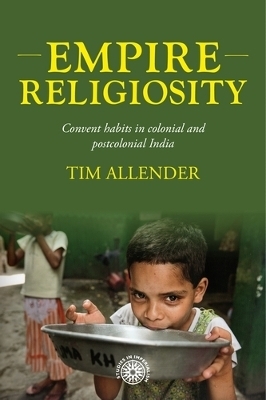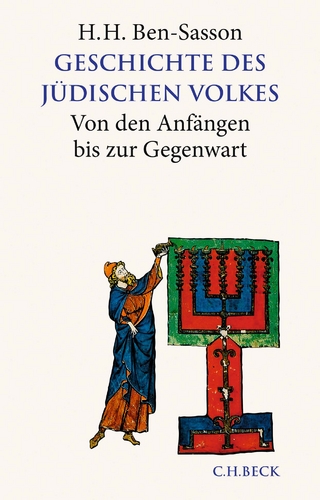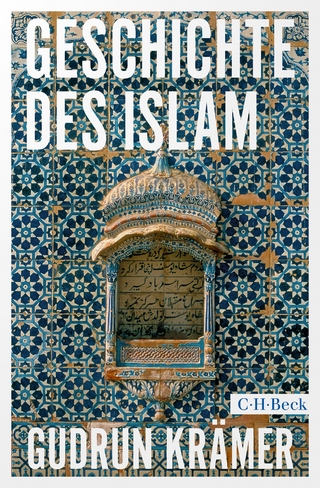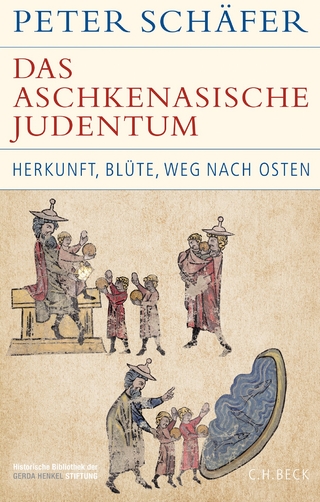
Empire Religiosity
Convent Habits in Colonial and Postcolonial India
Seiten
2024
Manchester University Press (Verlag)
978-1-5261-5910-6 (ISBN)
Manchester University Press (Verlag)
978-1-5261-5910-6 (ISBN)
This book examines Roman Catholic female missions within the overlapping ambits of colonial and postcolonial India. -- .
This book explores Roman Catholic female missionaries and their placement in colonial and postcolonial India. It offers fascinating insights into their idiomatic activism, juxtaposed with a contrarian Protestant raj and with their own church patriarchies. During the Great Revolt of 1857, these women religious hid in church steeples. They were forced into the medical care of sexually diseased women in Lock Hospitals. They followed the Jesuits to experimental tribal village domains and catered for elites in the airy hilltop stations of the raj. Yet, they could not escape the eugenic and child rescue practices that were the flavour of the imperial day.
New geographies of race and gender were also created by their social and educational outreach. This allowed them to remain on the subcontinent after the tide went out on empire in 1947. Their religious bodies remained untouched by India yet their experience in the field built awareness of the complex semiotics and visual traces engaged by the East/West interchange. After 1947, their tropes of social outreach were shaped by their direct interaction with Indians. Many new women religious were now of the same race or carried a strongly anti-British Irish ancestry.
In the postcolonial world their historicity continues to underpin their negotiable Western-constructed activism - now reaching trafficked girls and those in modern-day slavery. The uncovered and multi-dimensional contours of their work are strong contributors to the current Black Lives Matter debates and how the etymology and constructs of empire find their way into current NGO philanthropy. -- .
This book explores Roman Catholic female missionaries and their placement in colonial and postcolonial India. It offers fascinating insights into their idiomatic activism, juxtaposed with a contrarian Protestant raj and with their own church patriarchies. During the Great Revolt of 1857, these women religious hid in church steeples. They were forced into the medical care of sexually diseased women in Lock Hospitals. They followed the Jesuits to experimental tribal village domains and catered for elites in the airy hilltop stations of the raj. Yet, they could not escape the eugenic and child rescue practices that were the flavour of the imperial day.
New geographies of race and gender were also created by their social and educational outreach. This allowed them to remain on the subcontinent after the tide went out on empire in 1947. Their religious bodies remained untouched by India yet their experience in the field built awareness of the complex semiotics and visual traces engaged by the East/West interchange. After 1947, their tropes of social outreach were shaped by their direct interaction with Indians. Many new women religious were now of the same race or carried a strongly anti-British Irish ancestry.
In the postcolonial world their historicity continues to underpin their negotiable Western-constructed activism - now reaching trafficked girls and those in modern-day slavery. The uncovered and multi-dimensional contours of their work are strong contributors to the current Black Lives Matter debates and how the etymology and constructs of empire find their way into current NGO philanthropy. -- .
1.1 Tim Allender is Professor and Chair of History and Curriculum at the University of Sydney -- .
Introduction
1 Calcutta’s colonial religious space and the arrival of Loreto
2 Finding Indian connections
3 New convent domains, 1848–1913
4 Tribal domains and imperial entanglements
5 Learning elites and cultural chasms
6 Morapai, orphans and the Sunderbunds
7 Image vistas and transition to an independent India, 1904–62
8 Poverty liminalities and new literacy, 1930–70
9 Sealdah and the outreach of Sister Cyril Mooney
Conclusion
Index -- .
| Erscheinungsdatum | 04.07.2024 |
|---|---|
| Reihe/Serie | Studies in Imperialism |
| Verlagsort | Manchester |
| Sprache | englisch |
| Maße | 156 x 234 mm |
| Themenwelt | Geschichte ► Teilgebiete der Geschichte ► Religionsgeschichte |
| Geschichte ► Teilgebiete der Geschichte ► Wirtschaftsgeschichte | |
| Sozialwissenschaften ► Soziologie ► Gender Studies | |
| ISBN-10 | 1-5261-5910-4 / 1526159104 |
| ISBN-13 | 978-1-5261-5910-6 / 9781526159106 |
| Zustand | Neuware |
| Informationen gemäß Produktsicherheitsverordnung (GPSR) | |
| Haben Sie eine Frage zum Produkt? |
Mehr entdecken
aus dem Bereich
aus dem Bereich
Von den Anfängen bis zur Gegenwart
Buch | Hardcover (2022)
C.H.Beck (Verlag)
34,00 €
Herkunft, Blüte, Weg nach Osten
Buch | Hardcover (2024)
C.H.Beck (Verlag)
39,00 €


